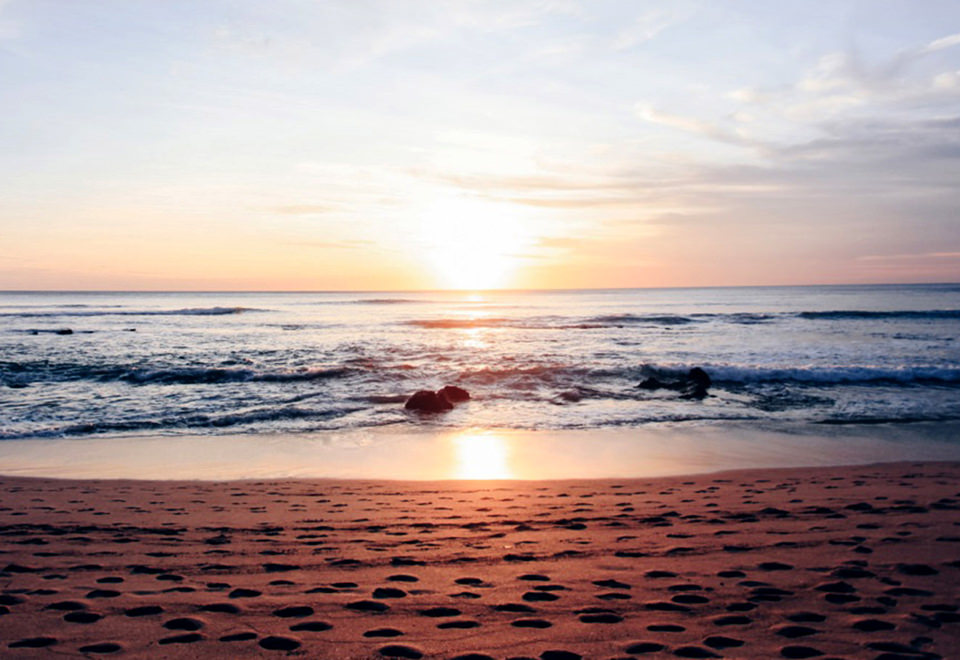we help the community address water pollution with different programs to keep the coastal waters clean



The coastal towns of Mal País, Santa Teresa, Hermosa, and Manzanillo are beautiful highly rated touristic destinations for their stunning beaches, sights, surfing, yoga, relax and fun. Pollution in our coastal towns is due mainly to inappropriate solid and waste water management: lack-of or inappropriate water treatment systems, draining of black and grey untreated waters directly into the ground and/or nearby streams, harmful farming practices on the area around the Ario river, rapid, uncontrolled and under-regulated urbanization which has generated pressure on the area’s natural resources, historically incompetent local governments, poor law-enforcement capacity. Lack of community education and awareness of how human activities are harming the environment closes this pollution cycle. We created four action lines to tackle these issues:

Nicoya Peninsula Waterkeeper promotes changes to correct existing pollution practices. We want the community to be aware that environmentally respectful practices exist and are available for everyone to implement. We promote behavior changes that benefit present and future generations and all the beautiful invaluable natural resources that surround us. The way in which we use and dispose of water is our responsibility.




Nicoya Peninsula Waterkeeper promotes changes to correct existing pollution practices. We want the community to be aware that environmentally respectful practices exist and are available for everyone to implement. We promote behavior changes that benefit present and future generations and all the beautiful invaluable natural resources that surround us. The way in which we use and dispose of water is our responsibility.




"Every material we found on the beach is properly disposed or recycled"

In two years of formal recycling collection:


